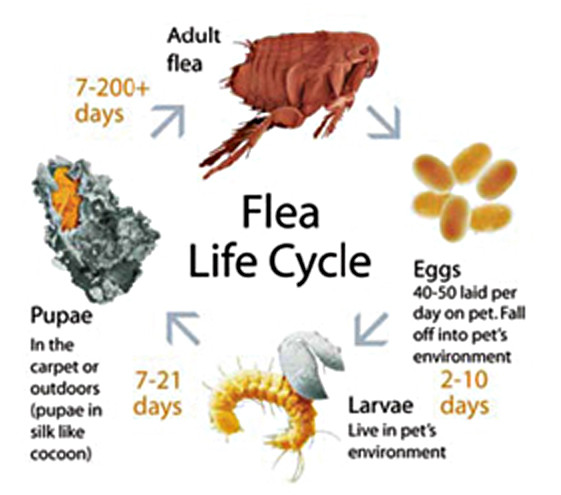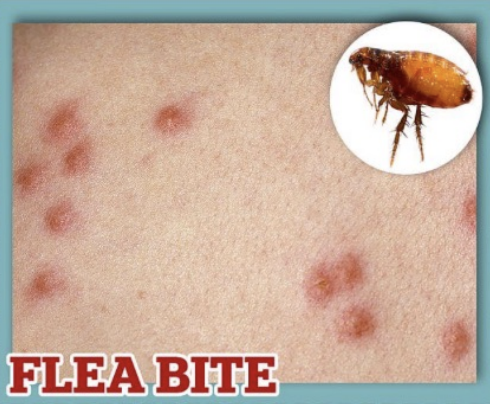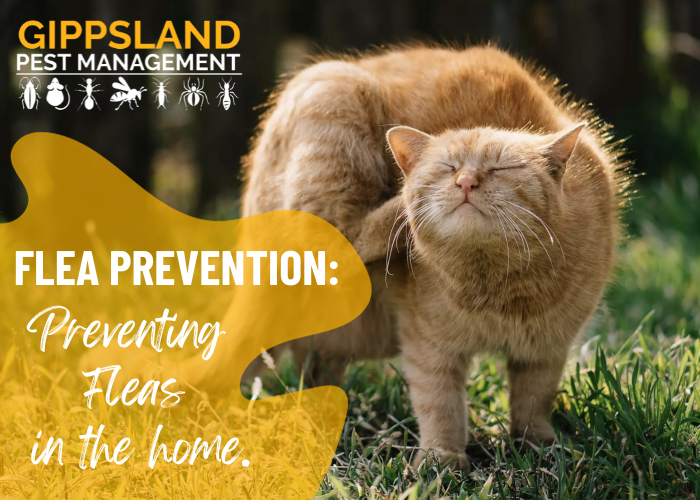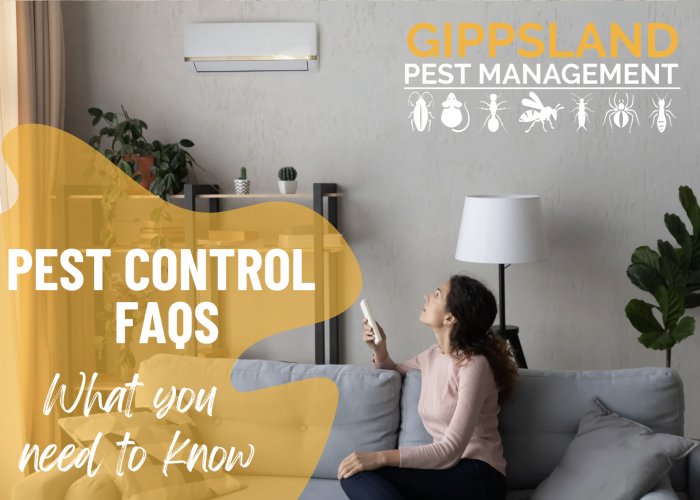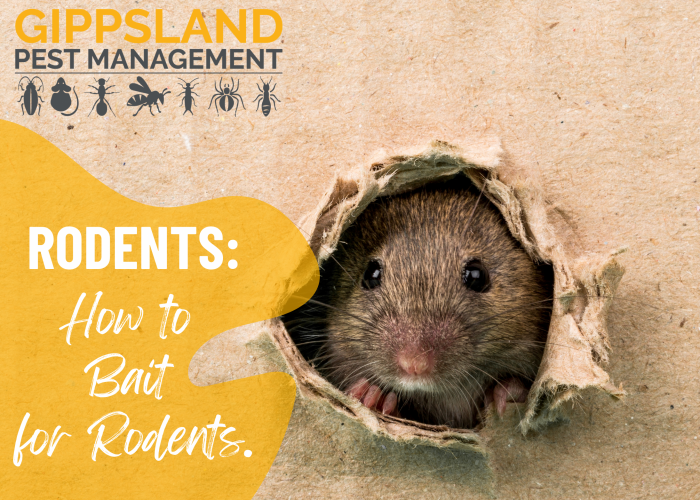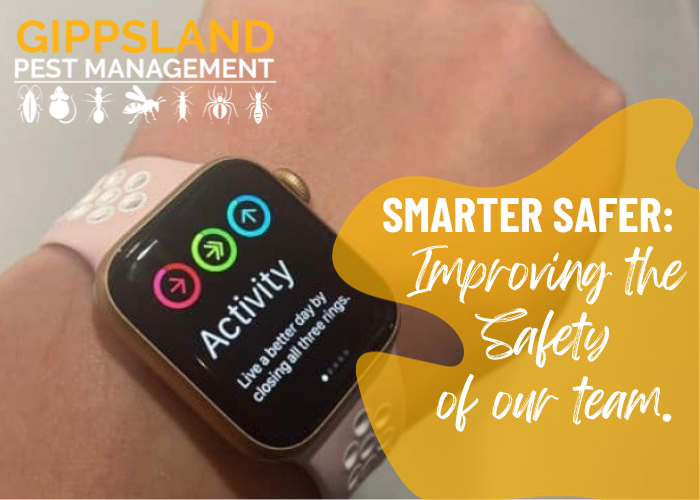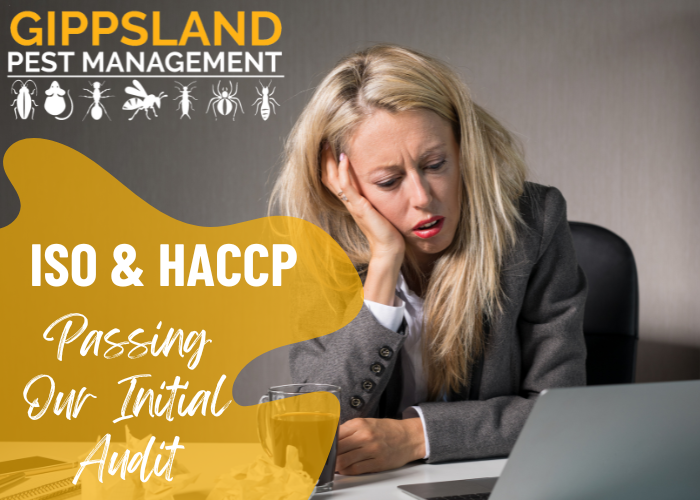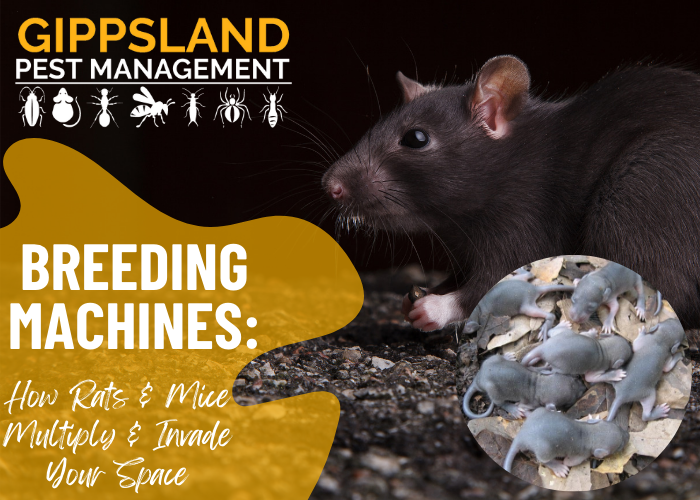At Gippsland Pest Management, we provide a diverse range of services, recognizing that each pest requires tailored treatment procedures. Take fleas, for instance. To offer insight into our treatment process and what it entails for you, we've compiled answers to common questions about our flea treatment service.
Pre-Treatment Questions
Fleas, as introduced pests, typically enter homes via pets or second-hand items like rugs. During treatment, we can only target the active population on-site. To ensure the treatment's full effectiveness, we recommend completing several preparations beforehand, despite the inconvenience this may pose. These steps are crucial for achieving comprehensive population control.
The following questions pertain to the Pre-Treatment Checklist we provide upon booking a flea treatment. This checklist, also available at https://www.gippspest.com.au/FleaChecklist.pdf.
Why do I have to mow the lawns before the treatment?
It is ideal that lawns are well maintained and accessible for the technician to apply the pesticides. The short grass helps the chemical penetrate the soil more effectively and target typical areas where fleas can be nesting.
Why is it necessary to vacuum all internal floor areas on the morning of the treatment?
Vacuuming assists in the hatching of flea eggs by inducing vibrations, allowing the chemical to reach the fleas directly. Ensure proper disposal of the contents collected in the vacuum cleaner to eliminate any eggs or fleas from the premises.
Why should pets have a flea treatment done on the same day?
For optimal results, we strongly advise coordinating flea treatment for your pets alongside treating your living space. Cats and dogs, being common carriers of fleas, often introduce them from outdoors. By addressing all affected areas, including the source (such as grassy areas) and carriers (your pets), we can more effectively eradicate the flea population.
Why should the floors and yard be cleared of personal items?
Despite popular belief, fleas do not fly, they can only jump, therefore we are treating areas low to the ground. They need to encounter the chemical for it to take effect, therefore we need to treat as much as of their harbourage areas possible. We request that floors and yards be cleared of personal items because in many instances, technicians are unable to treat areas containing clothing, toys, or soft furnishings due to safety concerns. Therefore, we aim to maximize the areas we can treat to ensure the success of the flea treatment. By not having toys and clothes on the ground, the technician, can ensure that the treatment can be applied to a majority of the areas of concern.
Why do I have to vacate for 4 hours?
It's crucial for both people and pets to leave for a minimum of 4 hours to allow the applied chemical to fully bond with the surfaces. Our technicians wear personal protective equipment (PPE) and work methodically to avoid direct contact with the chemical. Once the chemical has completely dried and bonded, it poses no harm to people or pets, and there will be no lingering odours or wet residue. This timeframe ensures the chemical has sufficient time to bond effectively with the surface.

